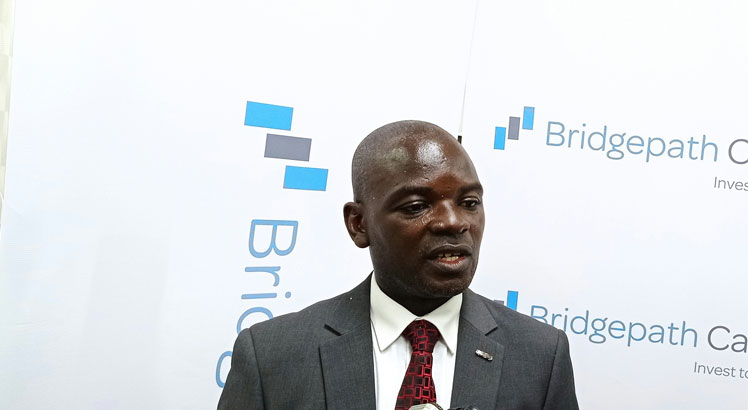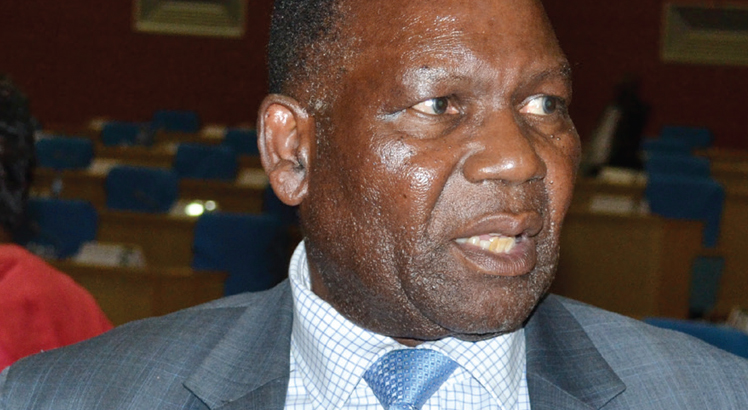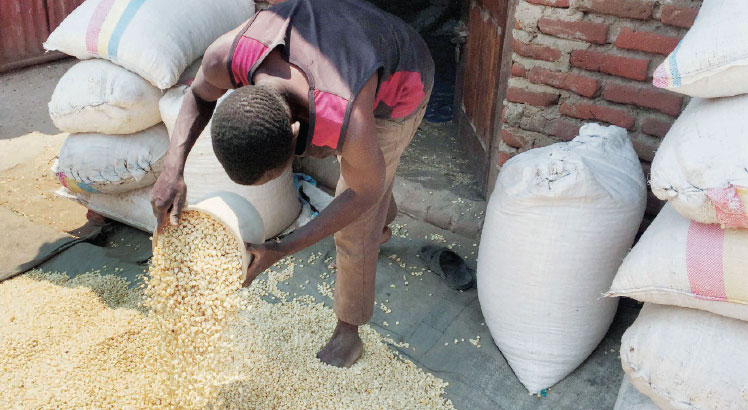How to end TB by 2030
T
ucked in a deforested rural terrain almost 50 kilometres away from Zomba City lies Nkhanda Village where Abigail Julius, 27, walks door-to-door tracing suspected tuberculosis (TB) patients.
The volunteer is one of the country’s foot soldiers at war with TB and leprosy.
Despite lack of transport, incentives and adequate protective gear, Julius and nine other volunteers work with smiles because their work contributes to the national goal to end TB by 2030.
“Our group goes village to village, searching for TB suspects. Some of them have become impatient because they sometimes take longer to get results due to endless blackouts and mobility challenges,” she says.
Madalitso Chiundira, TB officer at Zomba District Health Office, speaks of remarkable progress in case finding and notification despite the prevailing challenges.

“In terms of TB case finding, we were at 91.7 percent from January and March 2022 and 102 percent in the second quarter,” he says.
Chiundira urges people with TB signs and symptoms to freely present themselves for TB testing in health centres instead of waiting to be lured by stipends to get tested.
Ntcheu District dermatologist Rahim Suleya urges the National Tuberculosis and Leprosy Elimination Programme to decentralise the national response to the districts.
He says the programme should intensify efforts to integrate TB and other diseases for efficient utilisation of the limited resources for health.
Suleya says: “Despite the challenges in the areas of diagnostics and supply chain management, the programme is working tirelessly to ensure that TB and leprosy diagnoses are decentralised to lower levels so that patients do not travel long distances.
“The Ministry of Health should ensure efficient use of resources as well as a health system that is not fragmented, but interlinked.”
Ending TB is one of the major targets in the global Sustainable Development Goals (SDGs). The push includes a mix of biomedical, public health and research and innovation targets.
The government has localised and aligned the global strategies with the Malawi National Implementation Plan expiring in 2030.
The targets to end TB by 2030 include reducing its incidence by 80 percent to 40 cases in every 100 000 people, down from in 197 cases in 100 000 people in 2015.
Other milestones include reducing TB-related deaths by 90 percent from 68 to about seven in 100 000 during the same period.
In pursuit of universal health coverage, the government has committed to removing catastrophic costs TB patients encounter to access quality healthcare, including TB services.
“Government, through the programme, is committed to attaining these targets,” says National Tuberculosis and Leprosy Elimination Programme manager James Mpunga.
According to the TB response chief, the national programme registered a 28 percent reduction in TB incidence between 2015 and 2020, meeting the target for the period.
However, TB death rates dropped by 46 percent during the period, beating the target of 36 percent.
“The country is geared up to sustain this performance towards 2030,” says Mpunga. “The programme is working hard to implement preventive therapy for both TB and leprosy because we believe cutting transmission through prevention will go a long way in this fight,” he said.
The national response to eliminate TB and leprosy is supported with funding from the Malawi Government and its partners.
However, there is a shortfall of almost 45 percent of the funds required to fully finance actions stipulated in the National TB Strategic Plan.
Mpunga is optimistic that more resources will be identified in the coming years to keep the dream of ending TB by 2030 alive.
However, overdependence on donor aid remains a major setback in the fight against TB, the largest killer of people living with HIV.
Over-reliance on donor aid makes the highly touted progress fragile, rendering the national response unsustainable once projects’ funding lines and deadlines expire.





